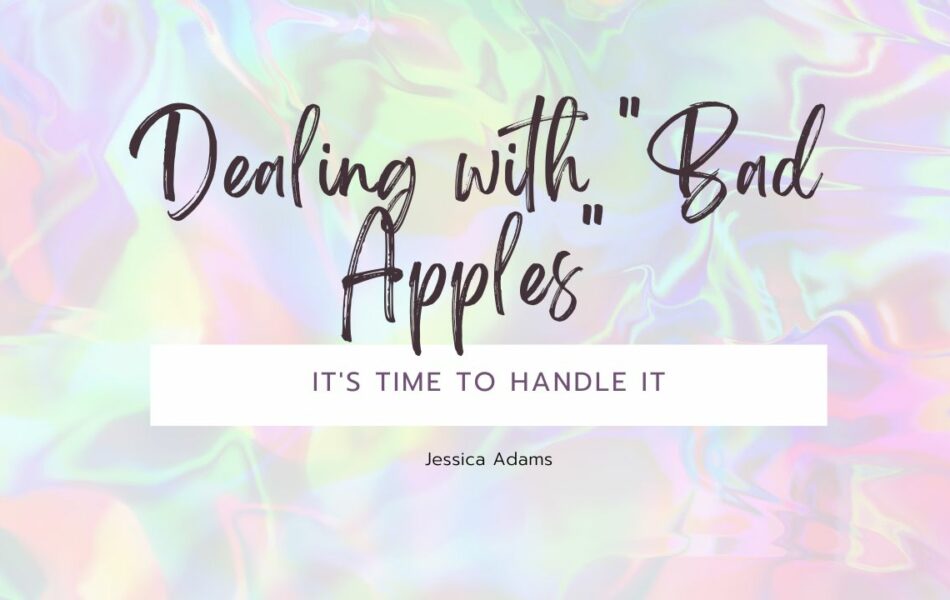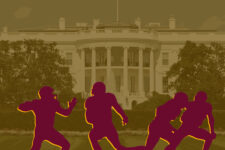
Everyone’s Dealt with a “Bad Apple” – It’s Time to Handle It
Almost everyone has experienced it before in a meeting or a small group… Someone sitting in the back corner not participating, someone criticizing every move or decision made, or someone who purposefully tries to make the group objective impossible to achieve. This person is positioning themselves in what communication specialists call disruptive roles. The main point of the individual(s) who are in this role is to focus the attention on themselves whether it be through rude comments, not participating, or just trying to distract the group. It is important that you know how to handle these type of people as they will likely arise in groups you will be in for the rest of your life.
The first way to handle a “bad apple” is to check on how the group climate is doing. Is morale low? Are people ready to disband the group? Is the group highly competitive? If the answer is yes, the group morale is low and that needs to be fixed. The group needs to be in a positive climate where they can thrive and not be competitive or rude to each other. Make sure the group climate is healthy and cooperative otherwise, problems will only continue to pop up.
Another way to handle disruptive members is to make sure the group has a code of conduct. Is it acceptable for members to be late to meetings or not show up? Groups need to have a set of rules that they conduct themselves by in order to be productive. If there are no rules or codes of conduct, chaos may occur, and the group may never reach a decision.
Thirdly, change the way you communicate based on an individual’s behavior. If someone keeps interrupting or causing problems, it may be time to shift the way you are handling it. Rather than reacting coldly or fighting fire with fire, try being kind and deflecting the negativity that is being brought to the table. Taking the bait of the disruptor encourages them to continue with their tactics. Make sure to advise the group to avoid behavior that will only encourage or ignite the fire even more.
If none of these other methods are working, try confronting the difficult person. Especially the established code of conduct is not being practices, it’s important to make sure it’s enforced. Confront the person with respect and love, but make sure you’re stern and not sugar-coating the problem. If the disruptor is unaware of what specifically they are doing that is causing problems, they need to know. Be honest and be descriptive. Share how their behavior is making you and the group feel.
Lastly, if the disruptor continues to cause problems after being talked to, it may be time to separate them from the group. Productive progress cannot be made when disruptors continue. Once the bad apple is gone, the group can move on and get back to the purpose. If expulsion is not an option, try to keep interactions to a minimum, or seek counsel from someone in a position above you.
Working in groups can be difficult when there is a disruptor, but if you follow these steps, hopefully things will lighten up soon.






